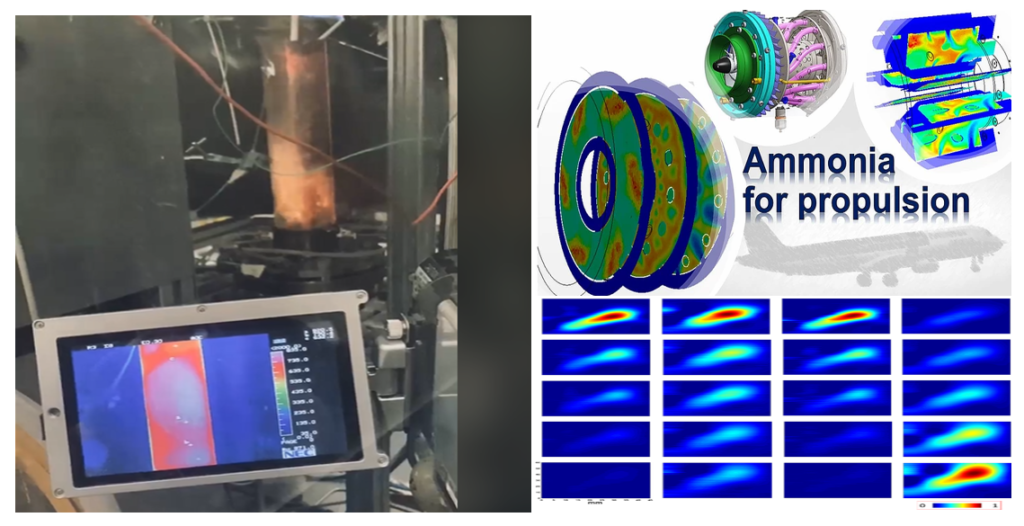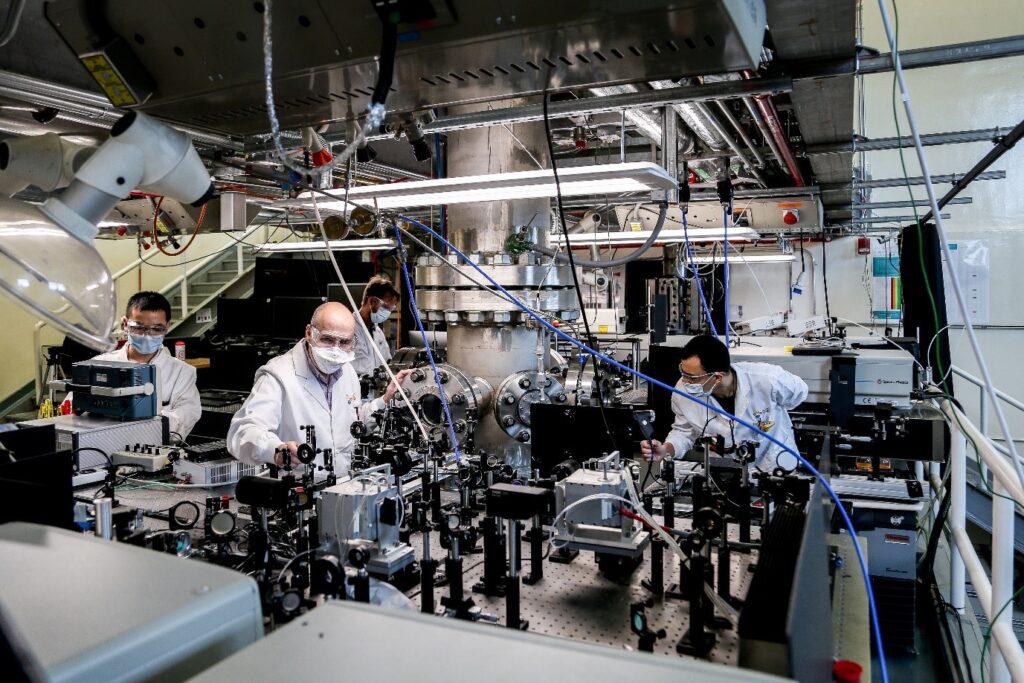YREA Young Researchers in Energy as Ammonia Virtual Workshop 2021
Organised by a panel of young researchers, and for young researchers, Cardiff University, KAUST and Tohoku University hosted a virtual workshop on ammonia energy. Each group showed their most recent research developments through the two-day event, attracting 50+ participants from the three groups alone.
The event included research introductions from the research leaders of each group as well as quizzes, discussion rooms, prizes. Each group selected 6 early career presenters to feature their latest work in the topics of chemistry and microflow reactors, laminar and turbulent flames and applications. Taking advantage of the discussion sessions, this workshop hopes to promote large scale international collaboration and a researcher exchange programme in ammonia energy.
The wave of national ammonia energy projects began in 2014 with Japan’s Cross-ministerial Strategic Innovation Promotion Program (SIP): Energy Carriers.
In 2016, Cardiff University, SIEMENS and Oxford University announced that they would construct the first green ammonia energy demonstration plant to build a business case for this new energy vector. Among other projects, Cardiff University is leading the £1.9 million funded Storage of Ammonia for Energy (SAFE) – AGT Pilot for the design and development of an ammonia fuelled micro gas turbine demonstrator from which developments will be implemented in large European gas turbine systems. They are also a leading partner for the Horizon 2020 FLEXnCONFU project featuring £11.5 million of funding to explore carbon-free fuels, with the vision of Cardiff University becoming a world-first centre of research excellence in ammonia energy.

Fig. 1. Experimental and numerical programs at Cardiff University, exploring from fundamentals studies to large applications.
The Clean Combustion Research Center (CCRC) at the King Abdullah University of Science and Technology (KAUST) is a more recent player in the field of ammonia energy research. Despite this, CCRC has already developed one of the world’s largest research centres in this field with 6 independent research groups and around 30 researchers dedicated to ammonia combustion. To accommodate the great interests of Saudi Arabia in mitigating carbon dioxide for the Saudi Vision 2030 Framework, KAUST is playing a leading role in the Kingdom in carbon free combustion by cooperating widely with world class industrial partners such as Saudi Aramco. Their vision is to build a research pathway from fundamental chemistry and lab scale flames to real marine transportation and power generation applications.

Fig. 2. Advanced Combustion Research at KAUST.
As a result, the workshop featured a broad range of presentation topics from quantum chemistry in ammonia combustion to public perception relating to ammonia fuels. The 18 presentations were produced and presented by Early Career Researchers (ECRs) at all levels – from Bachelor’s students to experienced, recently appointed post-doctoral researchers.
The event was sponsored by the Cardiff University SAFE ammonia project and the KAUST Clean Combustion Research Center. Dr Valera-Medina, Associate Professor at Cardiff University and Principal Investigator of the SAFE project commented on his experience: ‘Instead of all competing on the same topics and racing to see who can finish first, there was a feeling that we should work together and take advantage of the strengths of each group’. An early career researcher from Cardiff also described their experience ‘I enjoyed the discussion rooms because I could speak to other students who were studying similar topics as me.’
Receiving positive feedback, the event will return next year for a second edition, to invite more researchers and industrial partners to participate.


